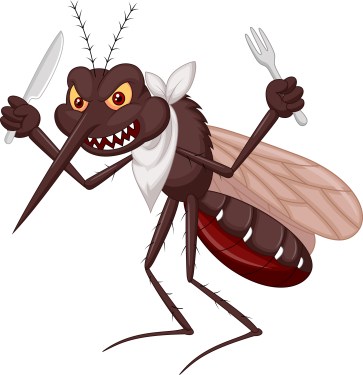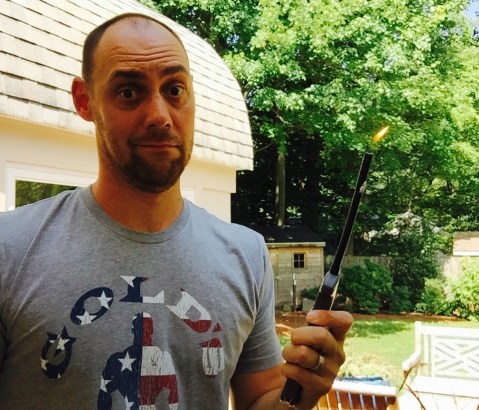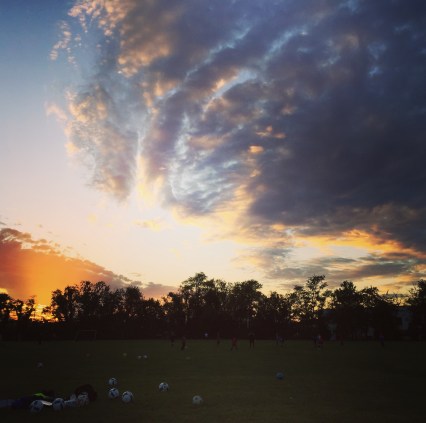
This year, peak bloom of the cherry blossom trees is expected to occur around April 3rd. Despite the alienation, frustration, and annoyance to D.C. residents, thousands of tourists will flood our Nation’s Capital to take in the natural beauty of these overrated pink and white blossoming trees. To discourage out-of-towner’s from coming, here are some facts you may not know about these dastardly trees.
The first cherry trees were gifted to Helen Taft, the First Lady of the United States, by the Mayor of Tokyo in 1910. Due to disease and insect infestation, President Howard Taft ordered that they be burned to the ground. The trees were said to be quite annoyed at making the long journey to America only to be ravaged by disease and eventually destroyed.
Japan, failing to leave well enough alone, sent additional cherry trees in 1912. These trees successfully took root, and some are still standing today, unlike Helen Taft, who died in 1943, while America was at war with Japan.
In 1915, the United States reciprocated by sending forty native Dogwood trees to Japan. Also, in 1915, people in America didn’t know what the word “reciprocation,” meant. Dogwood trees? Seriously?
Some of the cherry trees were mysteriously cut down after Japanese aggression during World War II. In order to hide the trees’ identity, officials began calling them “Oriental Cherries.” This inevitably led to a lawsuit filed by the trees, accusing the United States of defamation. Yoshino Trees v. Washington D.C. became a landmark case, in which the trees won the right to again be called Japanese Cherry Trees. The current Supreme Court is looking to overturn the ruling.
The Cherry Blossom festival, which had been held annually since 1934, was suspended from 1942 – 1946 because America didn’t really like Japan after the bombing of Pearl Harbor. But by 1947, nearly half a million people turned out when the festival returned. These individuals were probably not Japanese because Japan didn’t really like America after the bombings of Hiroshima and Nagasaki.
Japan gave Lady Bird Johnson, also a First Lady, 3,800 more cherry blossom trees in 1965. Rumors swirled that President Lyndon B. Johnson was upset at the Japanese for displaying such a lack of creativity in the gift-giving department, and also because he hoped to receive a lifetime supply of Sapporo instead.
In the 1970’s, clones of the cherry blossom trees were created and sent back to Japan. The intention was to reciprocate Mayor Ozaki’s 1910 gift, because nothing says “thank you” like giving an inferior version of a gift to the people who are known for giving the superior version of the same gift.
In 1999, two beavers gnawed down four blooming trees, which led to an international manhunt. A week later, the beavers were caught in a hideout dam on the Potomac River. Both were taken into custody and are serving life sentences at the National Zoo.
Parking during peak bloom is extremely limited, so tourists are advised not to come.
Cherry blossom flower petals are edible. You can put them in tea or wrap them around sushi. It’s illegal to pick cherry blossom pedals though, and since vegans don’t break the law, the edibility is beside the point.
Picnicking underneath cherry blossom trees is a Japanese tradition. Picnicking underneath the cherry blossom trees on the tidal basin is a fool’s errand, unless you enjoy getting trampled to death by thousands of distracted tourists who only look up.
Some cherry trees can live to be 100 years old, and in fact, there are some in Japan that are over 1,000 years old! Due to the poor western diet and sedentary lifestyle, however, most of the cherry trees on the tidal basin become morbidly obese and die of preventable causes at around 60 years of age.
Neither Japan nor D.C. can be considered the Cherry Blossom Capital of the World. That distinction belongs to Macon, Georgia, which is home to nearly 300,000 Yoshino cherry blossom trees. Tourists should probably go there instead.








